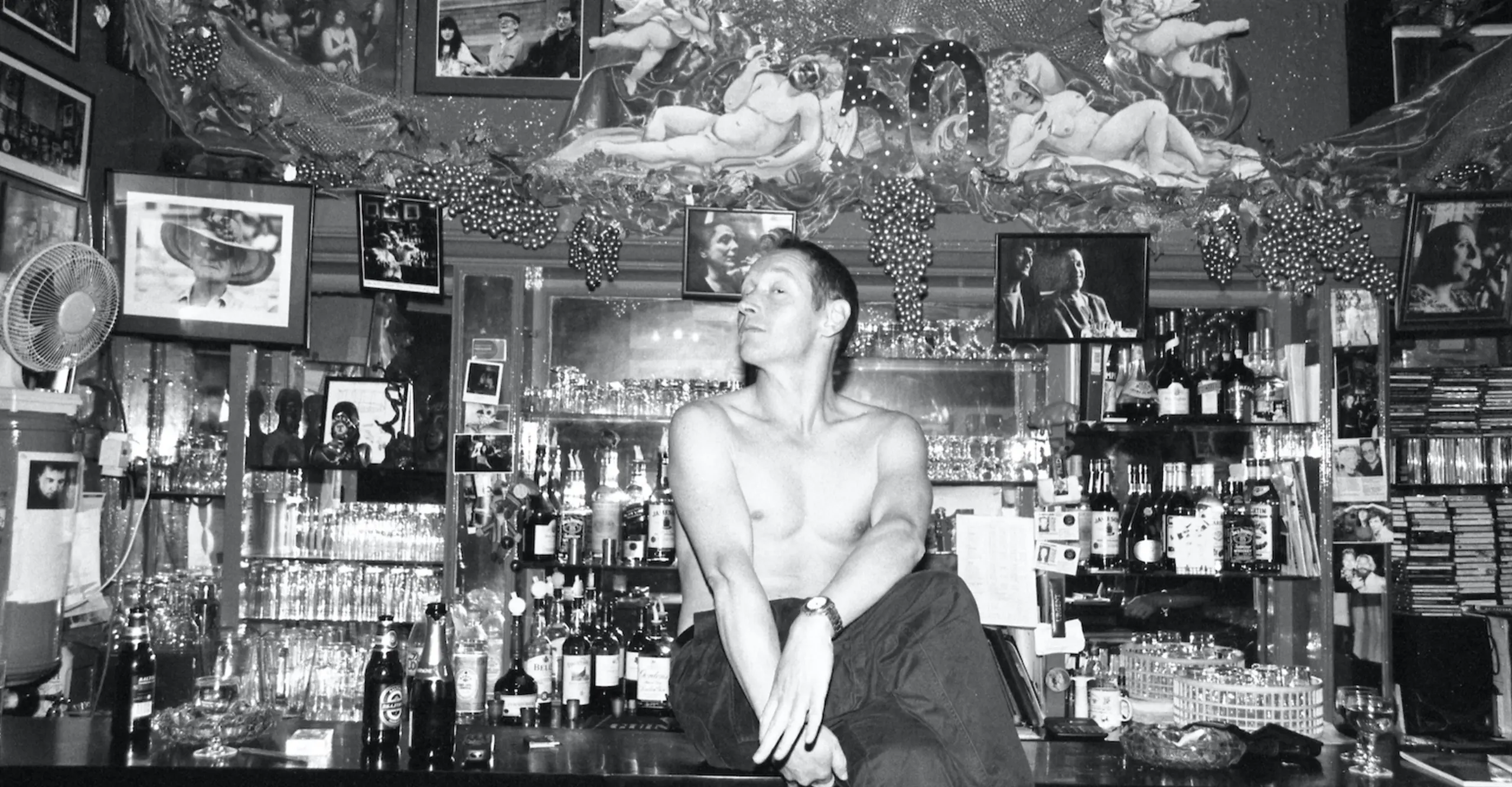Both were private members drinking clubs in Soho catering for an alcoholic and artistic elite and were near neighbours on Dean Street, but they were worlds apart.
There was an awful lot of smoking at the Colony. The smoking was taken nearly as seriously as the drinking - which was industrial. Swearing was seen as big and clever and used more frequently than punctuation at times. To be greeted as “Cunty” was the highest honour you could recieve from the imperious lesbian Muriel Belcher, who founded the club in 1948. “Daughter” was an accolade reserved solely for painter Francis Bacon, a life-long member who Muriel, in the early days, used to give free drinks and £10 a week to reward him for bringing rich patrons through the door.
Originally the place was an upmarket colonial-style joint, but that was in the early 50s and plenty has been written about that. By the time I washed up there in the 80s the full seediness and sedition of Soho had set in and you would often have to negotiate your way past piles of oozing bin bags on the worn terrazzo floor of the street level trattoria beneath just to enter. It took some guts to go up the perilous, often foul-smelling staircase to the first floor and push your way into the claustrophobic space that was the Colony Room - especially as non-members were notoriously ferociously rebuffed.
Many assumed it was a late night venture - but it was only licensed until 11pm. That was probably a saving grace for many a bloated liver. Feeble rays of daylight struggled through grimy sash windows when the blinds went up at 3pm opening time. Not much more light shone on it later in the day when the dilapidated chandelier and wonky wall sconces were lit. The dim light was definitely a blessing as neither the club decor nor clientele could bear much close scrutiny. The entire club was coated in layers of bilious green paint - even the plumbing - and the carpet was legendarily even filthier than the language.
Howls of derision would greet the foolhardy guest who asked to see the wine or cocktail list. Vast quantities of alcohol flowed there but the drinks themselves were perfunctory and overpriced: nasty, cheap Champagne, whatever wines were on special offer at the supermarket in Berwick street, cans of Guinness barely below room temperature, no-brand tonic water, job lots of out-of-date bottled beer. Things improved during cocktail king Dick Bradsell’s stint tending the bar - but that was all too brief.
My first encouter with the Colony was through my dad, Stan Gebler Davies, a member and hugely talented journalist and writer with an appetite for gin and unfiltered Gauloises that did him in by the age of 50. He initially refused to take me there on the grounds that he didn’t want me ending up with anyone like him, but that only added to the allure of the place. So when he ditched me one evening at the Chelsea Arts Club, sloping off with a blonde he clearly wanted to get closer to, I followed him incognito (a true “driver, follow that cab” moment) and managed to bluff my way in. I loved it at first sight and although my dad was irritated by the intrusion, he was also amused by my show of initiative. It became part of my life, so much so, that I ended up working there to pay off my bar bill. I also began to take photographs. I realised it was a “scene” that wasn’t going to last forever and already embarked on a journalistic career, it felt a natural thing to do. .
The Colony Room was a small room full of big characters. Practically anywhere you pointed a camera there was something interesting going on and the fact that you weren’t supposed to take pictures there just made it more fun. I got on very well with Michael Wojas who was in charge at the Club then and he trusted me. You never knew who was going to be there. I was looking at the contact sheets the other day and realised a shot of Lord Harlech was followed by one of Outside Dave who lived on the pavement by the Groucho Club. I knew at the time that it was a place that deserved documenting and that I was bloody lucky to have the opportunity. You wouldn’t be able to take shots like that now. I got away with murder. I think nobody bothered much about what I was up to because I was just a woman who worked behind the bar and it was all shot on film so nobody ever got to see it. Most people just thought the pictures would be crap so they let me get on with it.
For a legally licenced premises there was an awful lot of nudity at the Colony. I shot 100m rolls of black and white film there and sat on them for a long time. When I got round to looking at them properly and scanning and printing from them I was surprised at how much naked flesh was on view. It wasn’t because there was much sex going on there - I remember one member telling me that ruefully that “erections weren’t my forte” – more just a lot of showing off. I love this shot of Peter Quinn Davis preening shirtless on the bar. The Colony Room had a well-deserved reputation for being quite a scary place. What I like best about these pictures is that it shows there was also a lot of tenderness in that room – a kind of gleeful innocence.
– Clancy Gebler Davies
